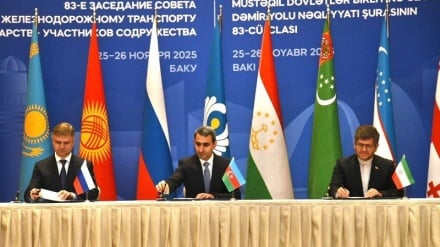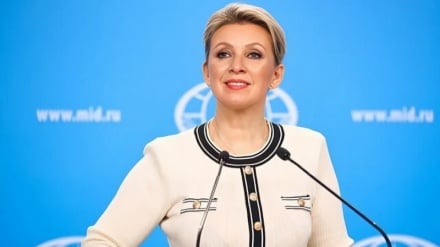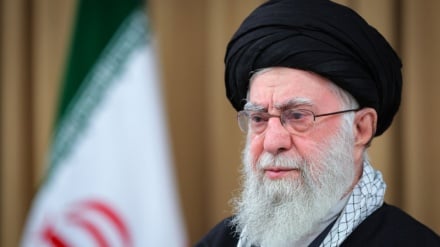Art in the light of Islamic Revolution (1)
Today we start a 10-part article to survey the history of art during 4 decades after the triumph of the Islamic Revolution. Hope you'll enjoy it.
The art of the Islamic Revolution is a specific kind of art which took shape concurrent with the formation of demonstrations and protests of the Iranian people. Ever since, these works have come to be known as "The Art of Revolution".
The period of emergence of the art of revolution should be considered as one of the bright periods of art and culture in Iran's history. The artists of this period, with an elaborate take of the principles of the old Iranian-Islamic art, tried to found the basics of the art of the Islamic Revolution. But how has been the historical course of this formation?
The Iranian society was going with full speed towards westernization in the waning years of the Pahlavi regime. Although some artists were trying to create bonds with the past traditions, the ruling system was hell bent on parroting the west and importing of western culture and promotion of the western art and lifestyle. As the Pahlavi regime was making effort to shape "modernism" of art in lockstep with the western developments, artists were encouraged to not only get familiar with the western art but take the west as role model and fully comply with it in their works.
One of the requirements of every revolution is to negate any bond with the previous system. The Islamic Revolution was no exception as the approaches of modernist art, as they were promoted in Pahlavi era, were not accepted by revolutionary artists at all. Thus, the Islamic Revolution created a turning point to make a new society and to pursue idealism in art. In view of this, little by little "modern art" which was promoted by Pahlavi regime was replaced by "popular art".
The theoretic roots of the artistic movement can be considered as "the art of protest" which spread after 1941 with the rise of leftist thoughts among artists. This current took shape after the 1953 coup in the form of black literature and art. It, then, was visible in magazines. In 1975, a group of artists began to castigate the anti-people performance of the Shah regime. This move was formed with the efforts of students and challenged the official current of art. In the heat of the revolution, a major part of these artists unanimously stood against the despotic regime and created numerous works although they differed in tendencies and approaches. They exhibited these revolutionary works wherever they could. For instance, the visual works of students were displayed at Husseinieh Ershad and were warmly welcomed by many visitors. These works were concentrated on morality, religious matters, poverty, social injustice, revolutionary slogans and struggle against Global Arrogance (Imperialism). Then they were exhibited all over the country. In these mobile exhibitions in the cities like Qom, Isfahan, Shiraz, Ahwaz, Kermanshah, Tabriz, artists tried to take art out of so-called intellectual form which was indeed the art of ivory tower. The art of revolution emerged as a spontaneous phenomenon among the fervent youths; hence it had to get an organized format.
The point is that being "popular" and "understandable for all" along with a propaganda quality is the specification of every revolution in history. But the Islamic Revolution was different from other revolutions of the 20th century. The revolutions of 20th century had based their ideal society on their thoughts with no role model in history but the Islamic Revolution looked at the history of Islam to define its identity according to model presented in the first Islamic government by the Prophet and Imam Ali (Blessings of God upon them).
The Islamic Revolution looked at the practice of the Prophet and his infallible successors to identify itself and build itself on those basics.
RM/ME


